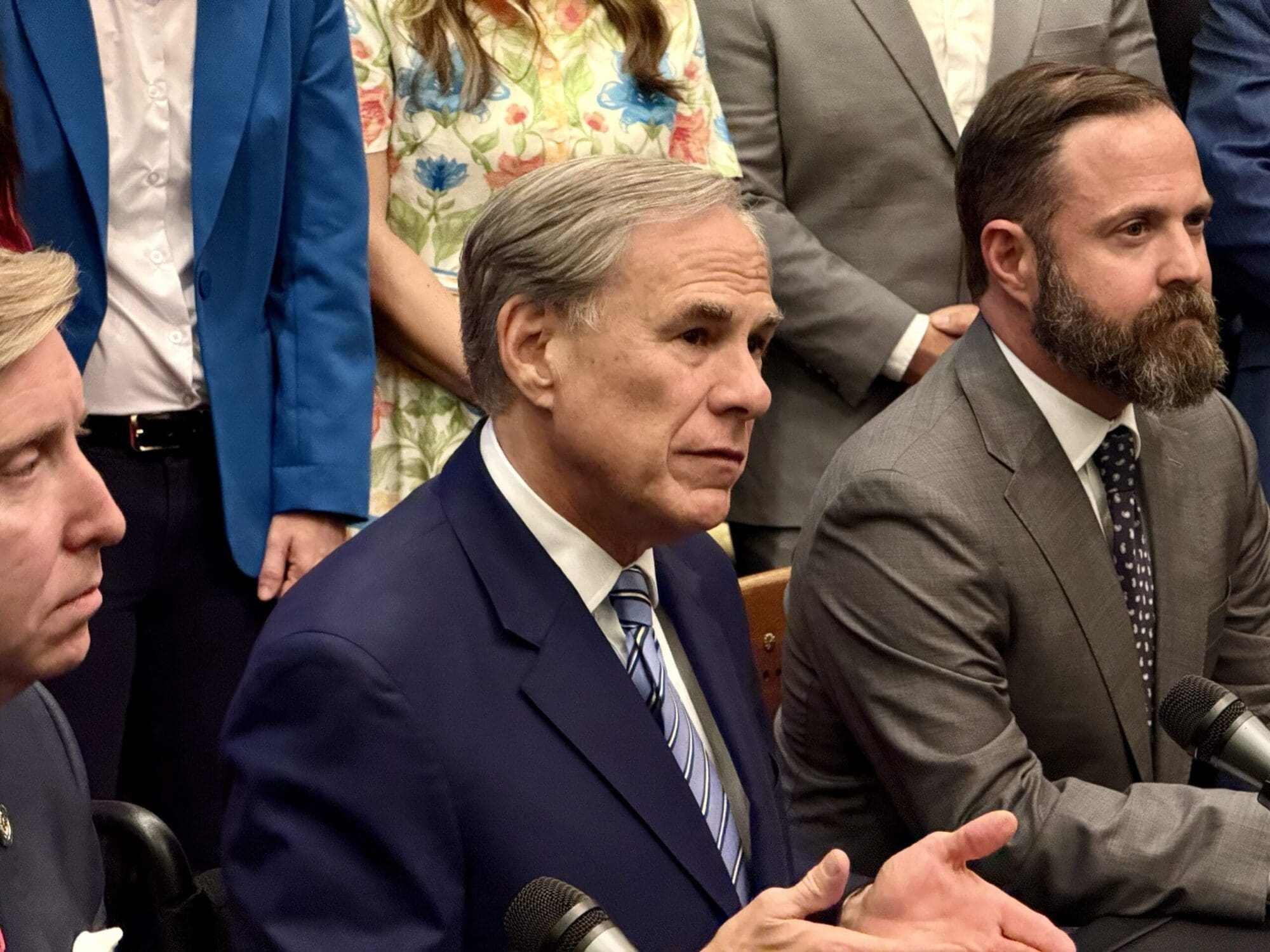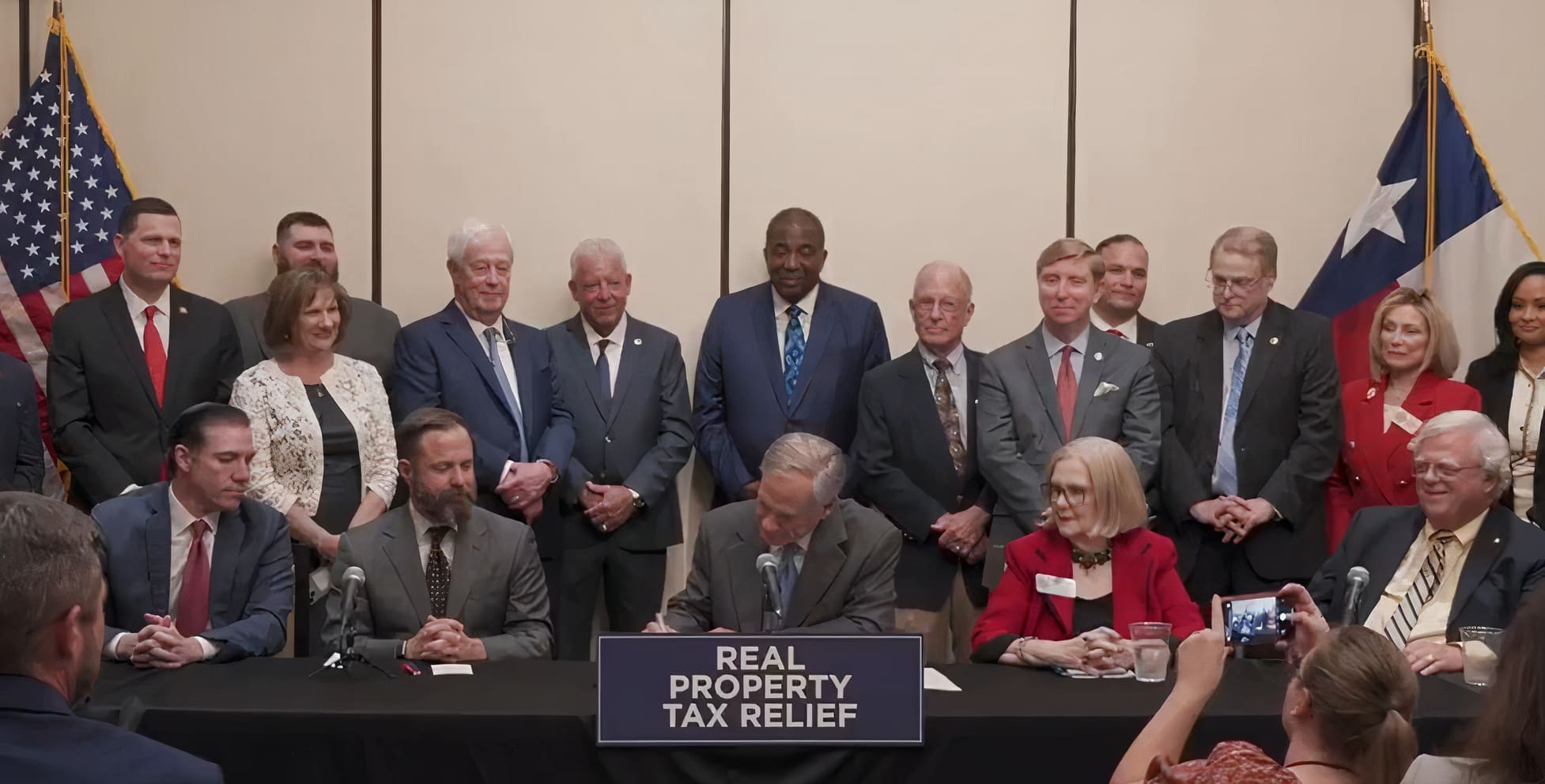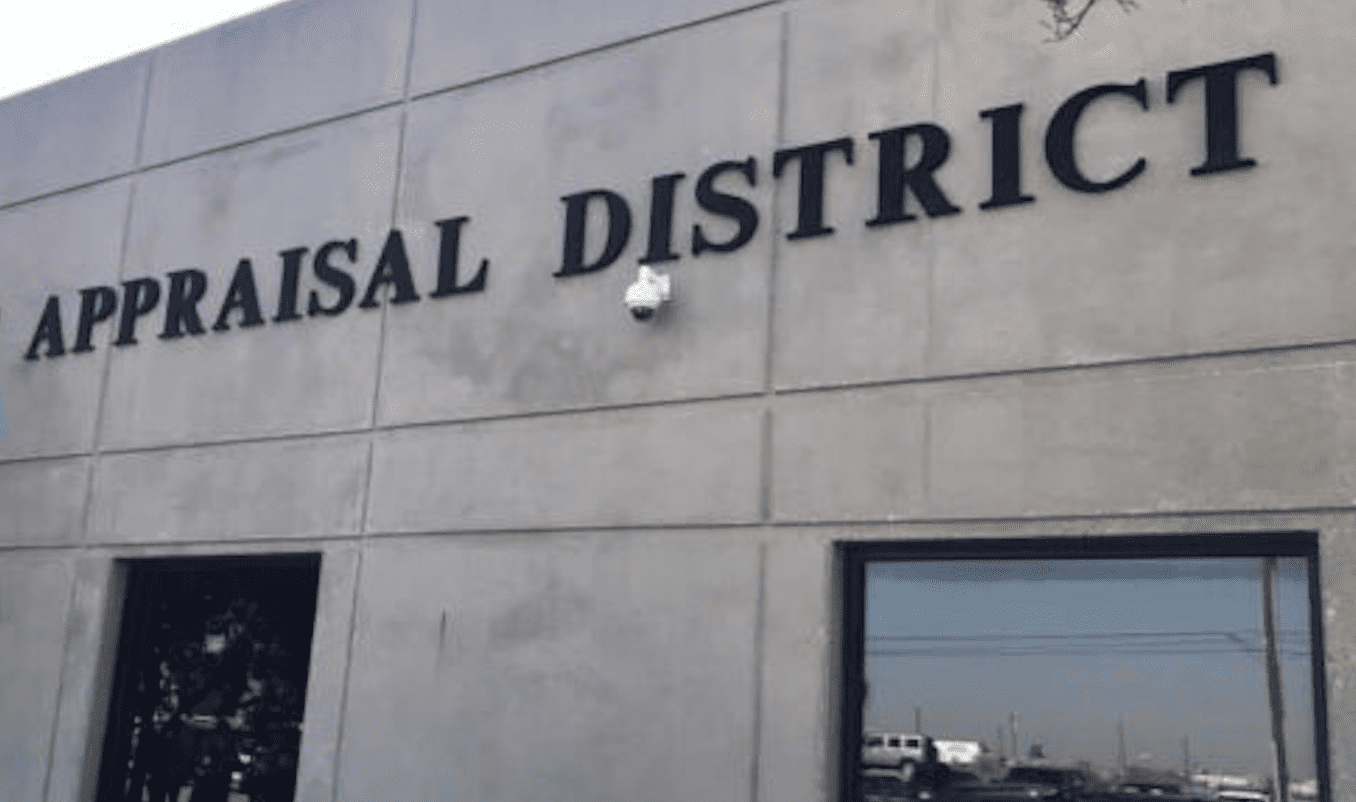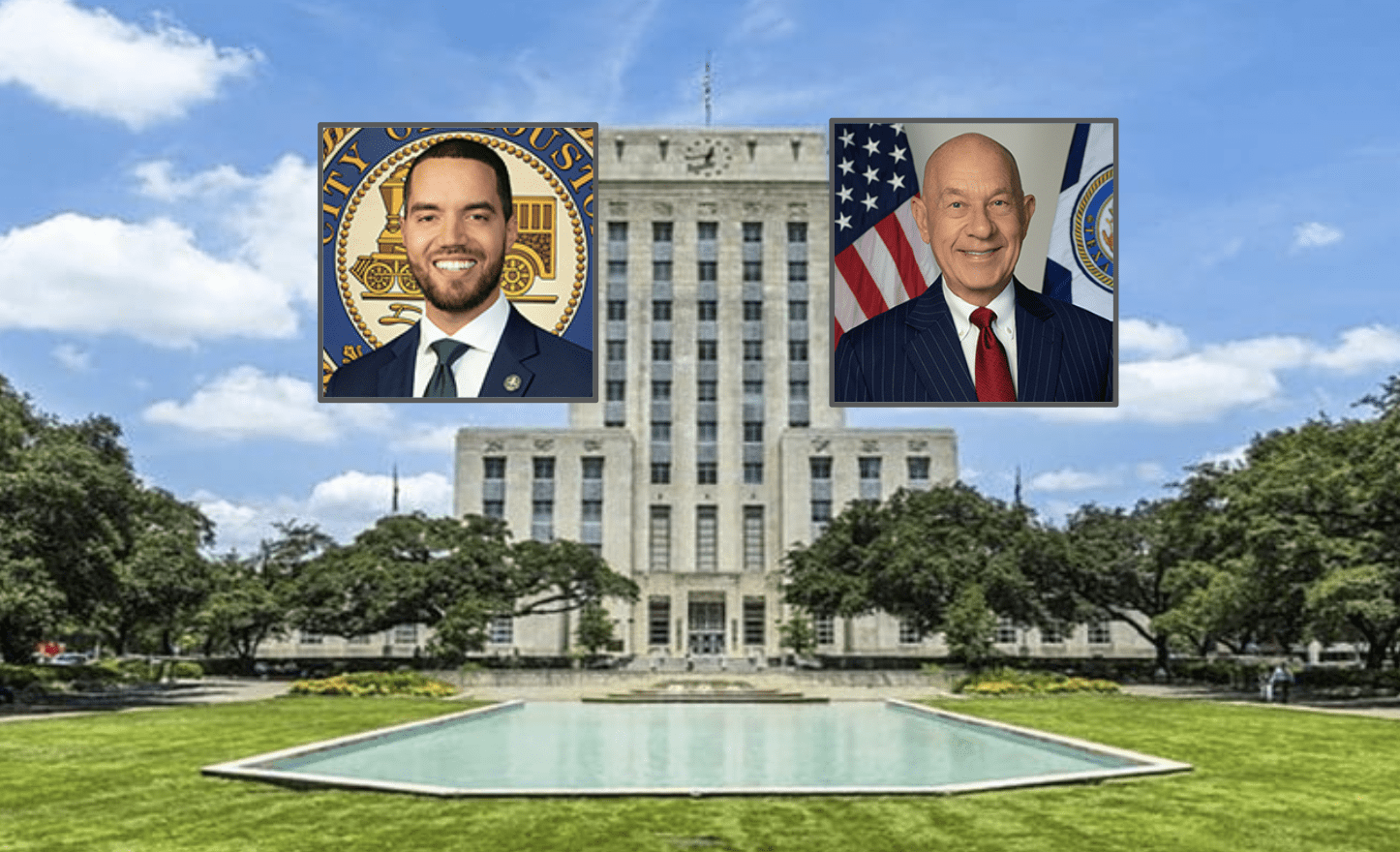Local governments across Texas will adopt next year’s property tax rates over the next month. Taxpayers are left wondering which officials are funding bigger budgets off new growth, and which are simply asking taxpayers to pay more.
Even cities that lower than tax rates can still impose a higher tax burden on taxpayers. That’s because any given property tax bill is determined by the property value and the tax rate levied by each taxing entity. If the rate is not lowered enough to offset the rising property value, a taxpayer will pay a bigger tax bill.
Below is data provided by North Texas’ largest cities. Taxing entities are required by law to disclose how much more they plan to collect each year in property taxes, when compared to the previous year. These estimates are based on their proposed budget and tax rate, and reveal which taxpayers will bear the burden.
Let’s examine the City of Plano. Even though the council plans to lower their tax rate by 1 cent, they project a massive 11.3 percent increase in property tax revenue. Of the additional $18.65 million in taxes they will collect, only $6.7 million will come from growth (new housing and commercial development).
The rest – a massive $12 million tax hike – will be paid by existing residents and businesses, who are essentially forced to pay a higher tax bill simply because their property value (in aggregate) has increased.
In other words, 64 percent of Plano’s projected revenue increase in 2018 will come from a tax increase on existing homeowners and businesses, not new growth. That’s because city officials led by Mayor Harry LaRosiliere have fought efforts by newly elected conservatives who want to lower the rate enough to offset higher appraisals. This lower rate opposed by LaRosiliere is known as the “effective” tax rate.
Below are the largest cities in the Metroplex, sorted highest-to-lowest based on their growth in total property tax revenue in 2018, when compared to the previous year.
The column entitled “Revenue Increase: Existing Properties” shows how much each city is raising taxes. In other words, it’s the estimated tax increase city officials plan to levy on existing residents and businesses.

Note: Cities without data listed above have not yet posted the required “budget cover page” online, even though officials will vote on tax rates within the next month, or sooner. This does not mean they have violated the law; the data may have been published elsewhere.
*Data are estimates calculated by each respective taxing entity, based on tax rates and budgets proposed for FY 2018. Both are subject to change, at council’s discretion, prior to final adoption in September 2017.
**According to Texas’ “Truth in Taxation” laws, entities proposing a tax increase in 2018 – or a tax rate higher than their “effective” rate – are raising taxes, and are therefore required to hold two public hearings. The law requires that any changes in the homestead exemption be accounted for in the effective tax rate calculation.
***Due to discrepancies in the way the above revenue numbers are calculated, entities such as Frisco and Southlake – for example – may propose a tax rate above the “effective” rate and still project a decrease in revenue from existing properties. Taxpayers should direct inquiries to their taxing entities.




